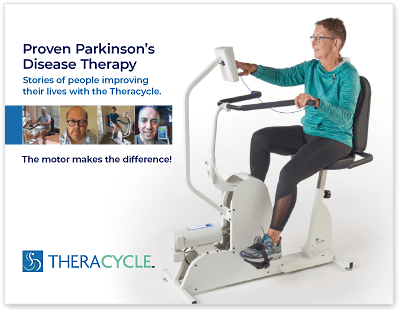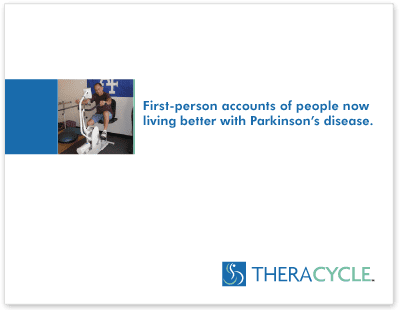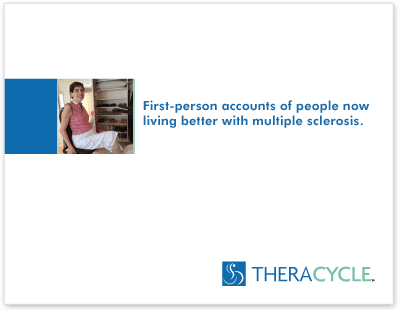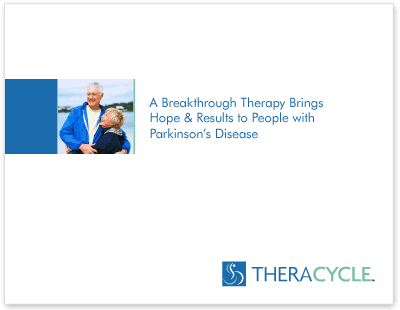Stories
Stroke Recovery and the Efficacy of Art Therapy
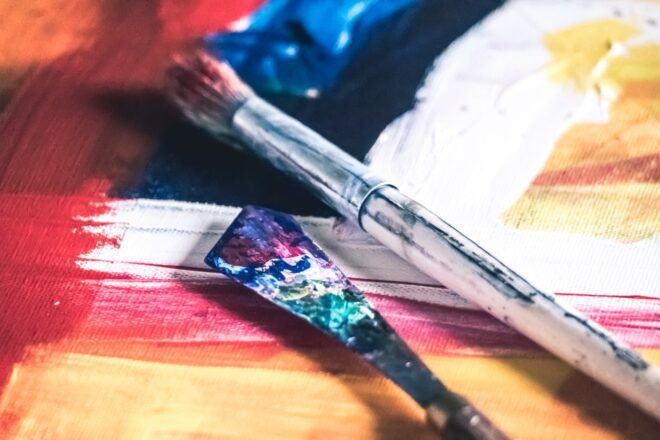
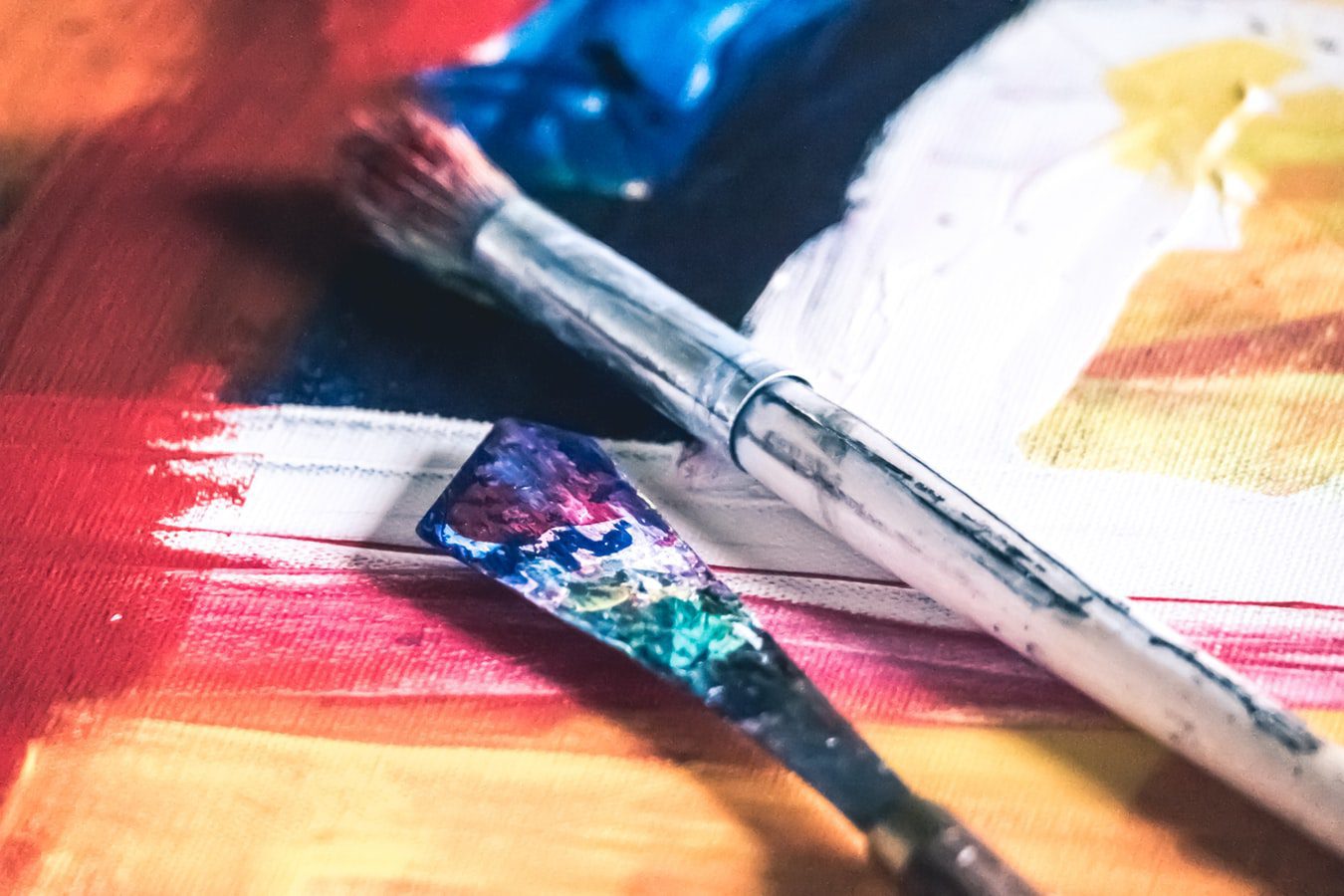
Written by Alicia Rennoll for Theracycle
Stroke is a leading cause of disability in the USA, with more than 50% of stroke survivors over the age of 65 experiencing long-term reduced mobility. Although there is a variety of effective post-stroke therapies available, most are focussed on regaining function. While physical therapy can help improve general mobility, occupational therapy can aid in helping a stroke patient regain independence. Additionally, speech therapy is used with great success to treat speech and swallowing concerns. When it comes to the psychological after-effects many stroke patients endure, such as anxiety and depression, art therapy is extremely effective.
Art can provide great emotional outlet
Though some stroke survivors are fortunate enough to make a full recovery quickly, others require months and maybe even years of intensive rehabilitation. The fear, frustration and other emotions that are commonly experienced post-stroke are often very difficult to express, especially when speech impairment is also present. Art can provide an individual with a powerful and expressive outlet for these emotions. It can permit a space to acknowledge frustration, to mourn, and to start a holistic recovery process. Engaging in art activities can also ease bouts of extreme anxiety by calming the nervous system, encouraging self-expression, and gently increasing self-awareness.
…whether a patient creates an intricate drawing of a forest or a seemingly simple sketch of a daffodil or rose, the benefits are immense.
There are various activities to choose from
There is a large variety of beneficial art activities a stroke patient can engage in depending on their mobility and cognitive abilities. Drawing elements of nature such as flowers and trees can be particularly cathartic. Regardless of whether a patient creates an intricate drawing of a forest or a seemingly simple sketch of a daffodil or rose, the benefits are immense. Other art activities that have therapeutic properties include painting, finger painting, sculpting, and crafting. Adult coloring books can also be very therapeutic. Coloring promotes mindfulness, helps expel negative thoughts, and relaxes the brain’s fear center, the amygdala. Once the anxiety is eased, the patient is also bound to enjoy sounder sleep, which will, in turn, also boost overall recovery.
Art can improve physical functions too
Apart from providing psychological benefits to a stroke patient, engaging in art activities can also improve fine motor skills. Holding pens, pencils, and paint brushes, and working with materials such as clay, can have a significant impact on the redevelopment of fine motor skills. Researchers have also managed to connect the dots between creative activities and neuroplasticity, which refers to the brain’s ability to rewire itself to restore some of the functions impacted by a stroke. It is due to these findings that an increasing number of therapists are embracing the power of art to help stroke patients overcome physical, neurological, and cognitive concerns. Art can also be used to help decrease pain perception by moving the patient’s focus away from the pain stimulus and towards something more enjoyable.
Art activities can benefit stroke patients in numerous ways. Apart from providing a health outlet for pent-up emotions, painting, drawing, and sculpting can also aid in post-stroke physical rehabilitation.




